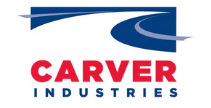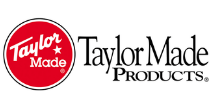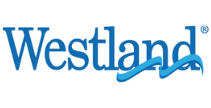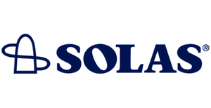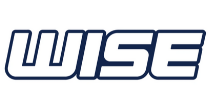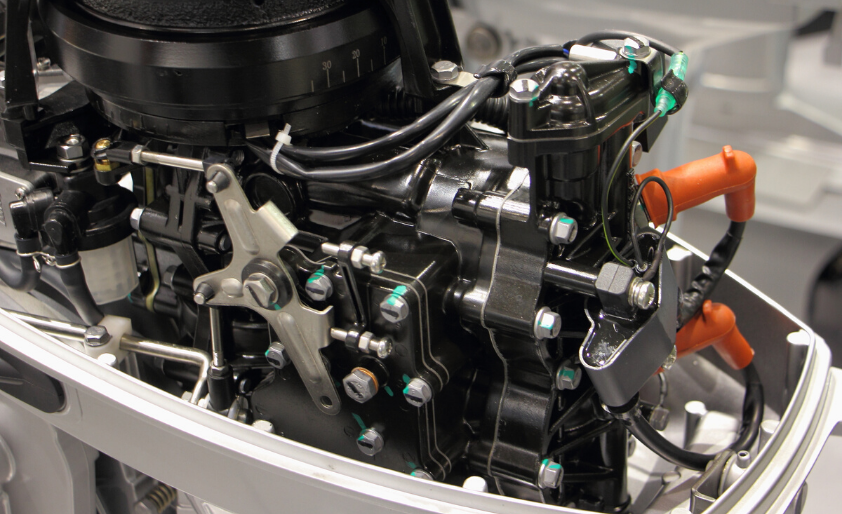FINDER TOOLS

COVERS
We offer over 95,000 boat covers for 600 marine manufacturers with the industry-best warranties - Up to 10 years! Our Boat Cover Finder is easy to use and makes finding the right fit fast and painless. Free ground shipping is offered for all covers and tops.
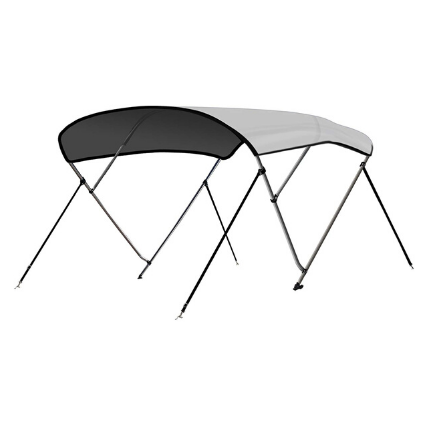
BIMINI TOPS
Aftermarket boat bimini tops have three industry-leading manufacturers: Carver, Westland, and Taylor Made. iboats.com offers all three! Industry-best warranties offered with boat covers are also offered with tops. Our bimini top finder makes it easy to find what you’re looking for with quality frames, fabric, and all the necessary mounting hardware needed.
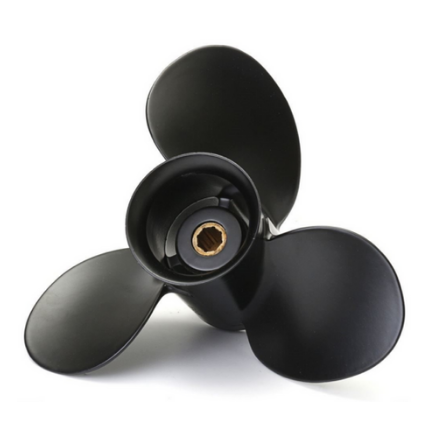
PROPELLERS
iboats.com has the largest selection of Boat Props anywhere and offers a very user friendly finder. You will find discounts on major propeller brands including Solas, Michigan Wheel, Turning Point, and Quicksilver.
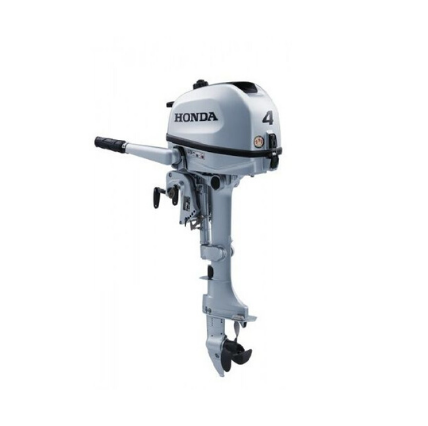
Engine Parts
With boat motor parts for Mercury/Mariner, Honda Marine, Yamaha, Suzuki, Evinrude/Johnson, and others, our selection covers everything from internal engine parts to the repair manuals you need to fix them. With our boat engine parts finder, you’ll have your motor humming like new again in no time.
POPULAR PRODUCTS
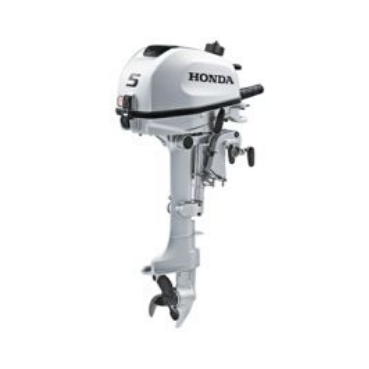
Honda 5hp Outboard
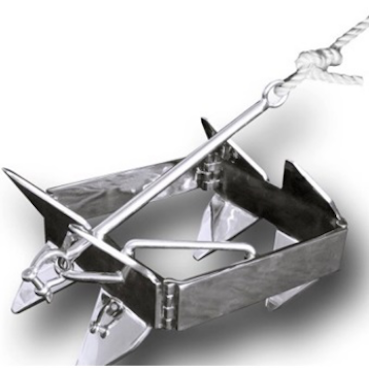
Slide Anchor Box Anchors - Select Size
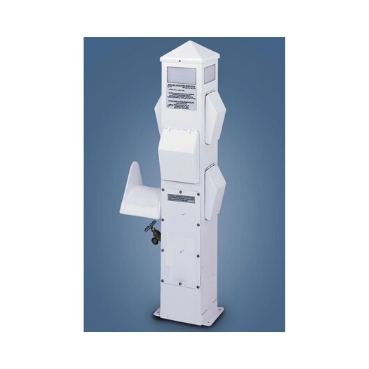
Slimline Shore Dock Power Pedestal - International Dock Products
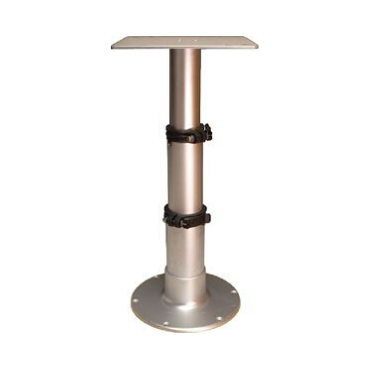
Springfield Air-Powered 3-Stage Pedestal - Anodized

Spectrum Color Boston Whaler, 1972-1993, Desert Tan Color Boat Gel Coat Patch Paste Repair Kit
THIS IS IBOATS
What makes iboats.com your trusted source for everything boating?
Millions of boating supplies sold since 1998, largest selection of boating gear on the internet, and largest boating social network.
Boats, more fun for you and your family
At iboats.com we help you to have more fun on the water. For over 22 years we have served both recreational boaters and marine businesses. We offer the lowest prices on over 150,000 OEM and aftermarket boat parts and accessories with the largest selection of quality items found anywhere. We also continually offer discounts and blow-out specials. Be sure to check out our daily, weekly, and monthly deals such as our MONTHLY IBOATS MOST WANTED LIST, so you can take advantage of these major discounts on top-quality items.
New and used boats
Want to buy or sell a boat? We make it easy to find and buy the boat you really want. We have some of the most extensive used boat listings available. You can easily buy or sell your boat right here. We also make it easy to research and compare new boats from all the major manufacturers. At iboats you can find the perfect boat for you. We offer tools to help you connect with boat loan providers and boat insurance networks. Start your search right here today.
Our boating community is #1 in the world
We have the largest community of boating enthusiasts online with hundreds of thousands of members willing to share boating information and help one another. Come join us! It's free and fun.






